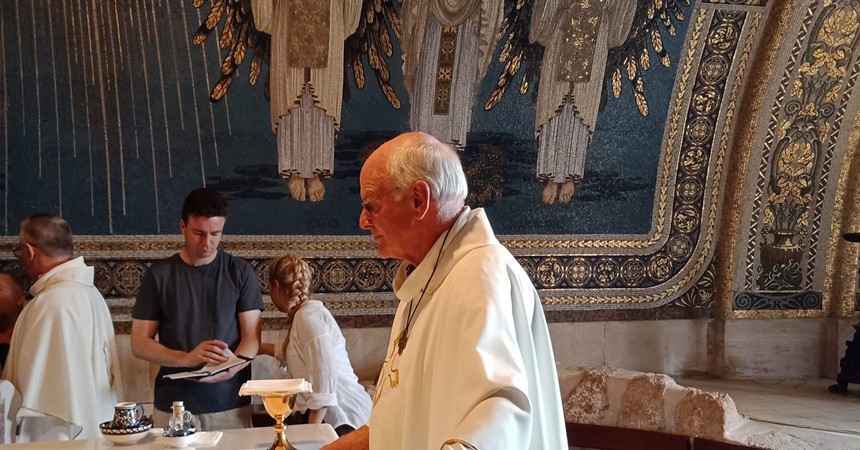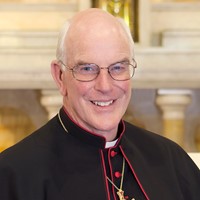A couple of hundred metres on, when we passed through a cut in a low ridgeline, I said to my friend in the next seat, “we’re out of machine gun range”. There’s more rubbish along the roadside in Jordan, the villages are scruffier, but it has the feeling of a free country.
Much of the Israel we had just left behind is neat and tidy, bustling and modern, of course. But we’d just had eight days in Jerusalem, in the Old City. To be there was a privilege, I know, and it is an amazing place. Still, there were too many well-armed police, too many off-duty young soldiers in full rig and with machine guns casually slung or carried. Too many for my comfort, I mean. Besides that, the West Bank territories run right up to Jerusalem so that, whenever we left by bus, we’d enter Palestinian territory. The problem with that is the contrast you see on all sides between the places Israelis live and the homes of the Palestinians. The so-called “settlements” are shiny and new, like gated communities nearby the Gold Coast or somewhere similar, green and gardened, spick and span. The Palestinian towns are crowded and run down. Our guide told us we can tell the difference by the water tanks on the Palestinian roofs. They have running water only once or twice a week, or less. Hence the tanks. The Jewish settlements have water 24/7. It’s one of those things.
There are more of those things. The wall, of course. The checkpoints the Palestinian workers have to pass through each day to enter Jerusalem for work. The years a Jerusalem Palestinian may have to wait for his non-Israeli bride to be permitted to come and live with him. Not being able to drive your Palestinian registered vehicle into Israel. In and around the West Bank the heavy hand of the Jewish state is fairly obvious. Hence my psychic relief on re-entering the Kingdom of Jordan.
“But,” you say to me, “you were on pilgrimage. What about the Holy Places?” Ah, yes, fair enough. I would say that it was good and helpful to get a sense of the places Jesus knew and we read about. The “hill country” is steeper and craggier than I’d realised, and especially dramatic around the Sea of Galilee. The only way to get to Nazareth is “up”, and up steeply. The Judean wilderness is impossibly barren. I got a sense of place.
The actual Holy Places, I found, didn’t affect me profoundly. Partly this is a historian’s customary scepticism. For most of the identified sites, we rely on what the lady Egeria was shown during her pilgrimage in 380AD, rather a long while after the event. Second, the most important sites have later churches on top of them, so the scene owes more to the Byzantine Empire or the Crusaders than to the first century. There tends to be the “it was here, or somewhere around here …” factor. In the case of saying Mass in the cave of the Holy Sepulchre, Jesus’s burial and resurrection site, I did suspend disbelief and have the “it’s incredible to be here” feeling. That was special, but in general I preferred the archaeological sites. The excavations at places like Capernaum, Magdala and Caesarea Philippi uncover for you something of what the place was like back then. It’s not a religious sentiment, admittedly, but there’s a satisfying reality about ruins.
Finally, there’s some of the fun of being in the Arab world. Not all my fellow pilgrims would agree, but I rather enjoyed most of the exchanges with the souvenir sellers. The Bedouin hawkers at the roadside stops were, I found, particularly engaging. “No, I don’t want a headscarf.” “But I have six children.” “I bought one yesterday.” “My children must eat.” “Well, how much?” “Only US $10.” “I’ll give you $3.” “Five, special for you.” “Four.” “OK.” It’s all lies and manipulation, of course, but carried on with the greatest good humour, just a little hard to utterly shake off. And the shopkeepers of Jerusalem were only a little behind the Bedouin in their ingenuity. Invariably I got the “best deal in the whole city”. “For your wife …” “I don’t have a wife.” “You have a sister?” “Yes.” “I do you a special price since it is for your sister.” And then we sat outside his shop and watched the sunset together.























































































